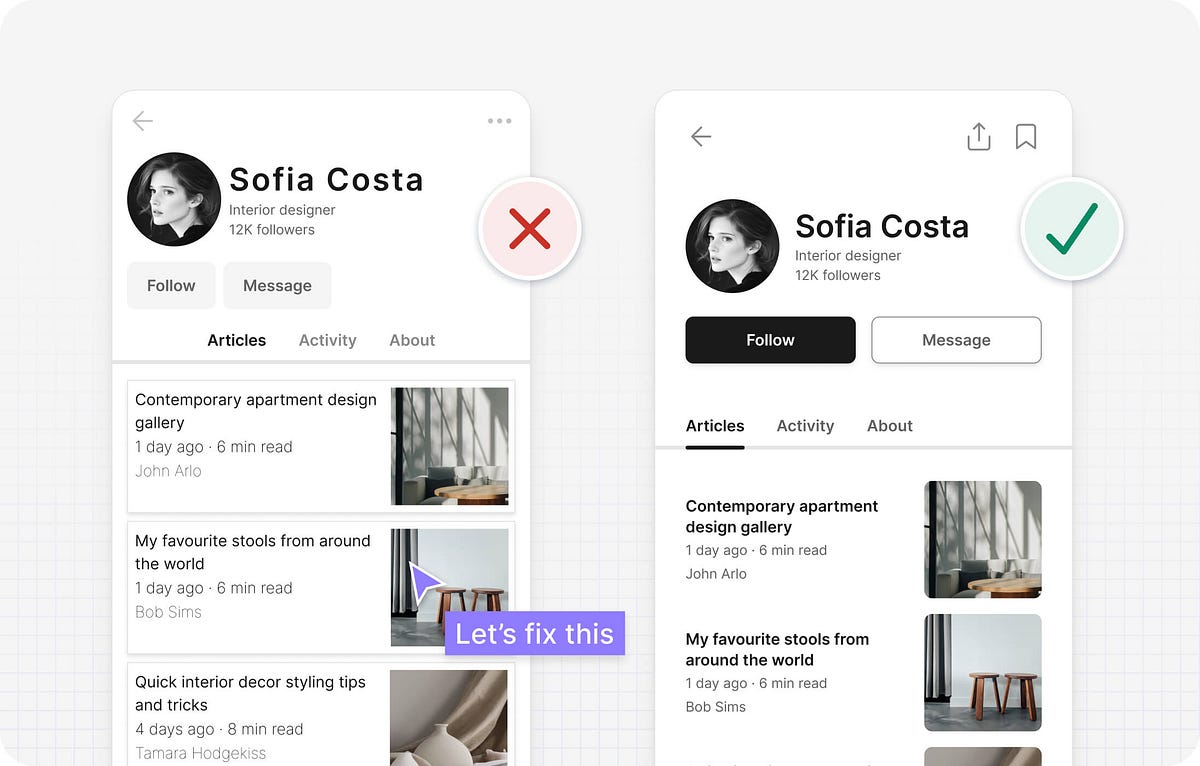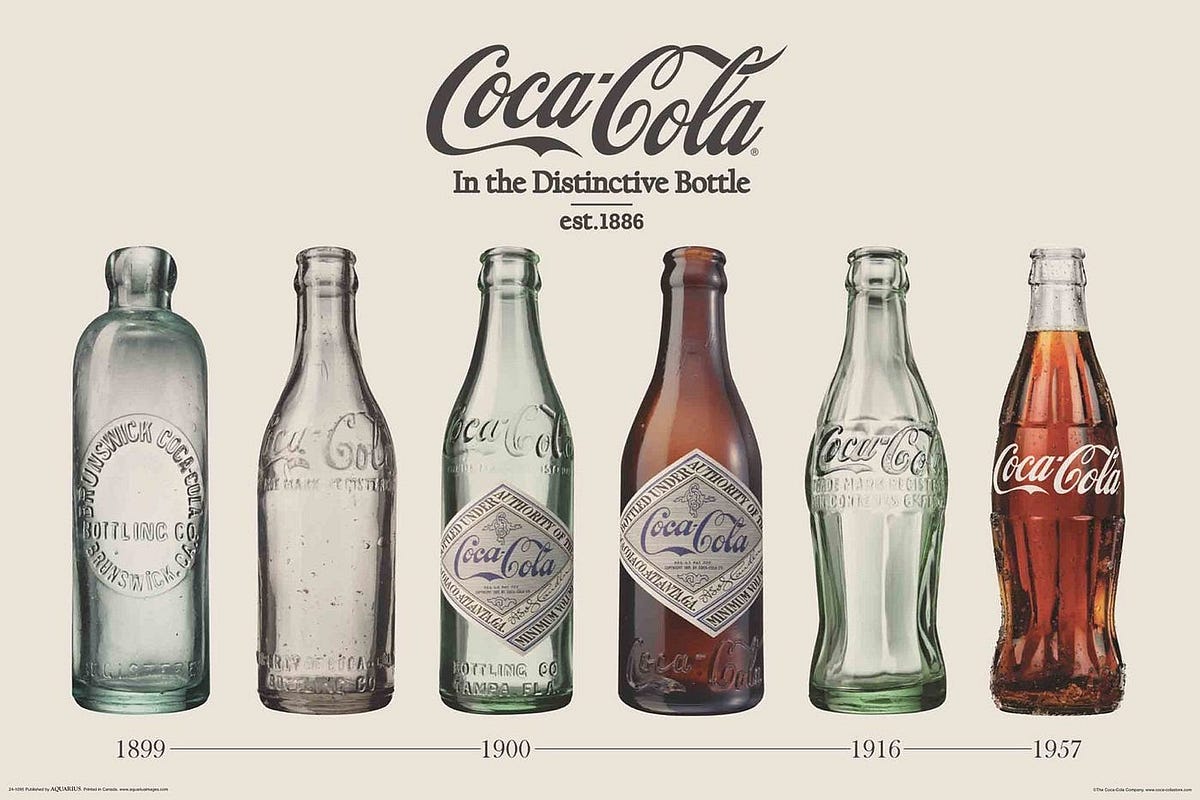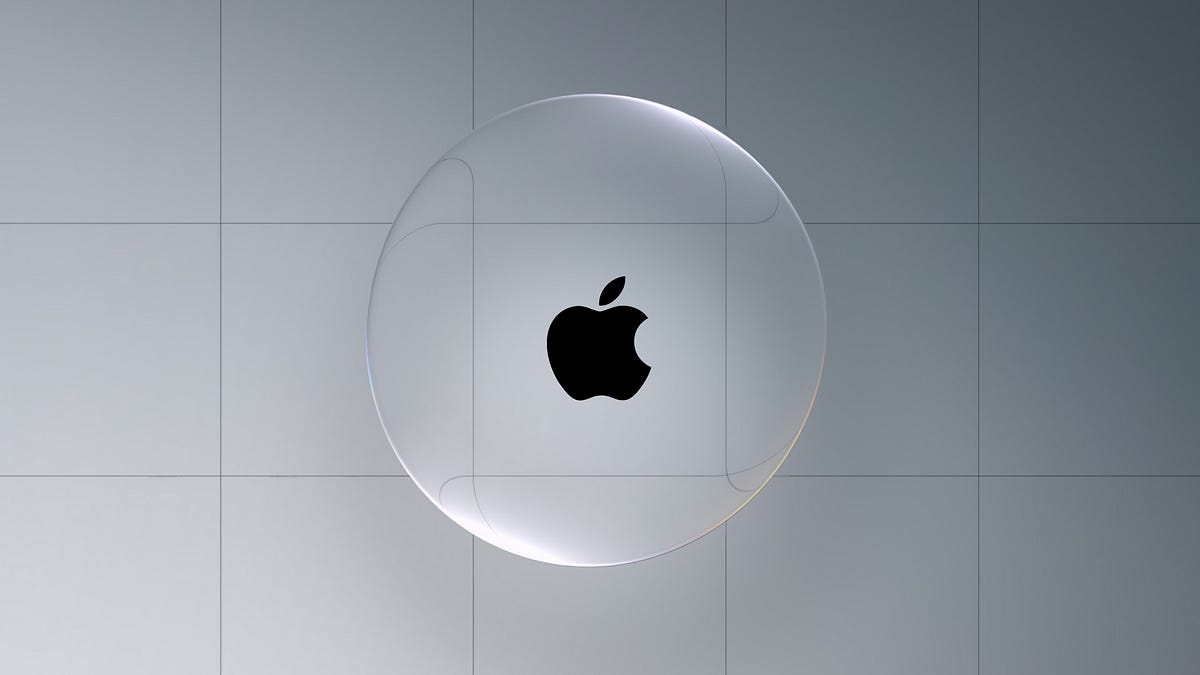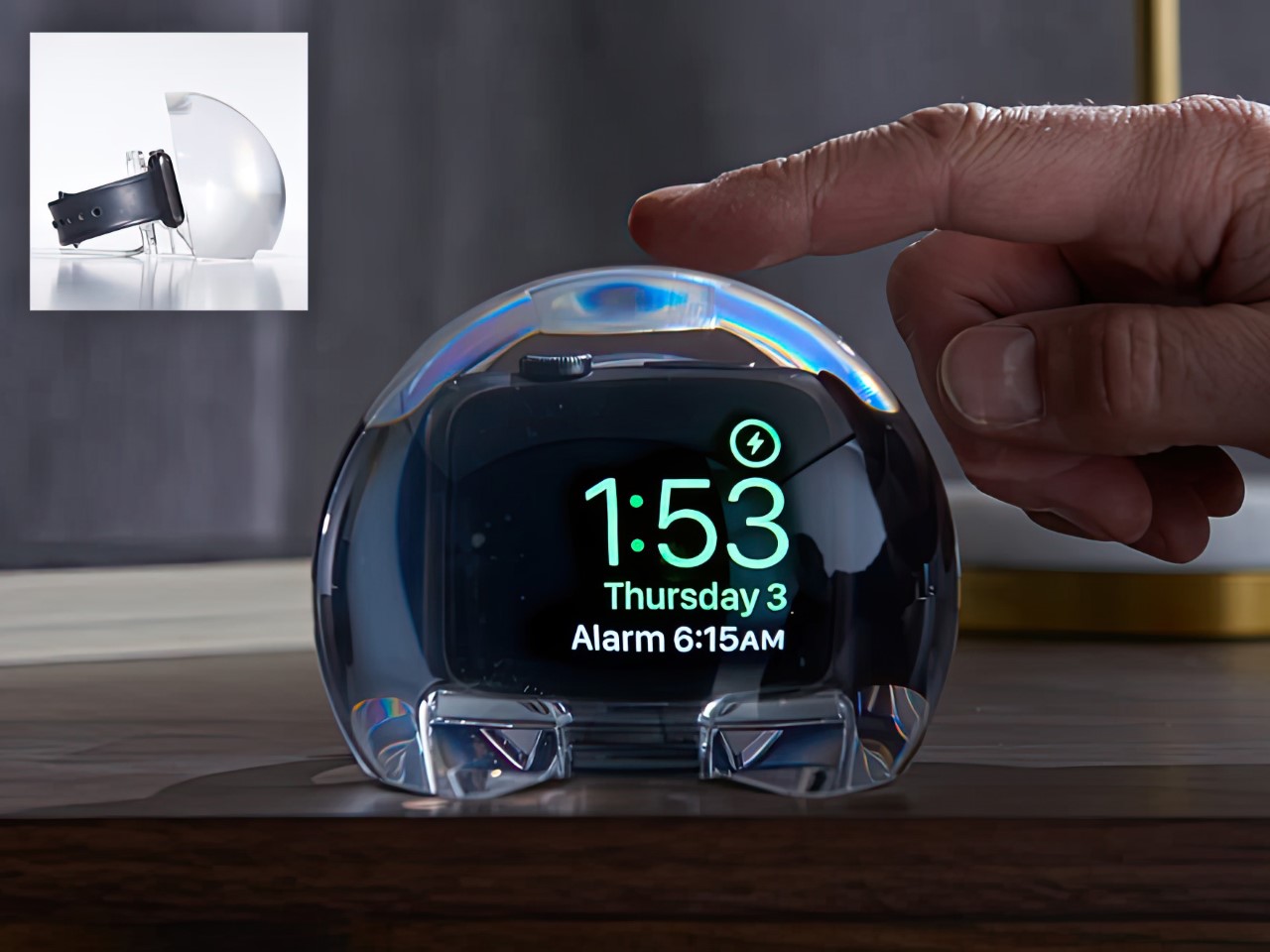#interface-design
#interface-design
[ follow ]
#user-experience #apple #ai-design #branding #liquid-glass #usability #creative-tools #human-computer-interaction
fromMedium
1 month agoHow AI writing tools fail to speak to writers
Several ads promise help with finding ideas at the start of a writing project. Examples include "Say goodbye to blank-page scaries and jump-start ideas faster", " Start your best draft with this AI lineup", and "Jump-Start Ideas With Grammarly's AI Brainstorming Features". The latter ad shows a brainstorming button that generates high-level essay content for a user-provided topic. I like that it offers possible directions without dictating details.
Artificial intelligence
fromMedium
3 months ago"Take Your Pleasure Seriously": Why Joy Sustains Serious Work
When 252 participants rated each version, the results were clear: screens that looked more attractive were consistently judged as easier to use. The correlation between beauty and perceived usability was strong ( r = 0.589), while functional factors showed almost no link. The researchers called this gap apparent usability versus inherent usability. Their conclusion: users don't judge ease of use by logic alone - appearance biases perception. This became known as the aesthetic-usability effect: if it looks better, it feels better.
UX design
fromYanko Design - Modern Industrial Design News
3 months agoInstagram's iPad App Finally Solves the 15-Year Tablet Frustration Through Design-First Thinking - Yanko Design
Fifteen years. That's how long iPad users have endured the awkward, blown-up iPhone version of Instagram, pinching and zooming through pixelated posts while watching the device that practically invented modern tablets get ignored by one of the world's biggest social platforms. What makes a company overlook the device that defined mobile computing's future? The answer reveals everything about how tech companies really prioritize design decisions.
Mobile UX
fromMedium
3 months agoWhat designers can learn from the first interface-the human face
The human face is efficient to a degree that most digital products can only dream of. A shift in micro-expression lasts less than half a second yet conveys authentic emotional states. Designers of apps and platforms spend millions trying to approximate that kind of fidelity with loading animations, progress bars, or notification pings. But the face does it effortlessly, in real time.
UX design
[ Load more ]








